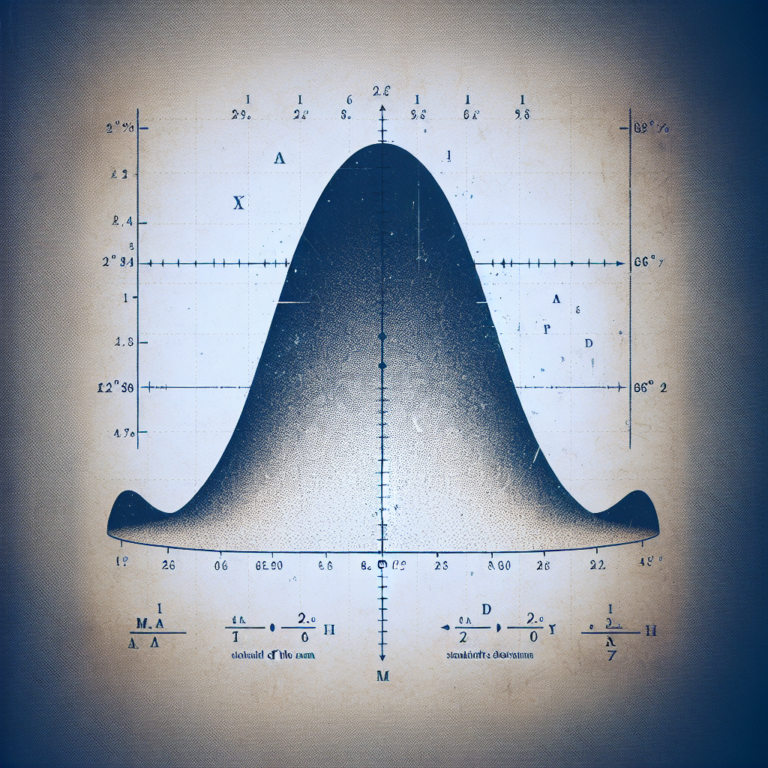Are you a medical professional looking to analyze data for your research or clinical practice? Understanding statistical tests like the Chi-Square Test can be crucial for drawing accurate conclusions from your data. At StatisMed, we specialize in providing statistical analysis services for medical doctors, helping them make sense of their data and obtain meaningful results.
Table of Contents
What is the Chi-Square Test?
The Chi-Square Test is a statistical test used to determine if there is a significant association between two categorical variables. It is commonly used in medical research to analyze data from studies with categorical outcomes. Understanding how to perform a Chi-Square Test can help you assess the significance of relationships in your data. Below you can find a step-by-step chi-square test guide for your reference.
Steps to Perform a Chi-Square Test
Step 1: Define Your Hypotheses
Before conducting a Chi-Square Test, you need to clearly define your null and alternative hypotheses. The null hypothesis typically states that there is no significant association between the variables, while the alternative hypothesis suggests otherwise.
Step 2: Organize Your Data
Organize your data into a contingency table, with rows representing one variable and columns representing the other. Make sure to categorize the data accurately to ensure a meaningful analysis.
Step 3: Calculate Expected Values
Next, calculate the expected values for each cell in the contingency table based on the assumption of independence between the variables. This step is crucial for comparing the observed and expected frequencies later on.
Step 4: Calculate the Chi-Square Statistic
Calculate the Chi-Square statistic by comparing the observed and expected frequencies in each cell of the contingency table. This statistic measures the discrepancy between the observed and expected values, helping you determine the significance of the association.
Step 5: Determine the Degree of Freedom
Determine the degree of freedom for your Chi-Square Test based on the number of categories in your variables. This step is essential for interpreting the results of the test accurately.
Step 6: Compare the Chi-Square Statistic
Compare the calculated Chi-Square statistic to the critical value from the Chi-Square distribution to determine if the association between the variables is statistically significant. If the calculated value exceeds the critical value, you can reject the null hypothesis.
Step 7: Interpret the Results
Finally, interpret the results of the Chi-Square Test based on the calculated statistic and degree of freedom. This step is crucial for drawing meaningful conclusions from your analysis and understanding the implications for your research or practice.
Conclusion
In conclusion, mastering the Chi-Square Test can be invaluable for medical professionals looking to analyze categorical data accurately. By following the step-by-step guide outlined above, you can perform a Chi-Square Test with confidence and draw meaningful conclusions from your data. If you need assistance with statistical analysis for your medical research, don’t hesitate to reach out to StatisMed for expert guidance and support. Contact us today to learn more about our services and request a quote for your project.
[ad_2]




